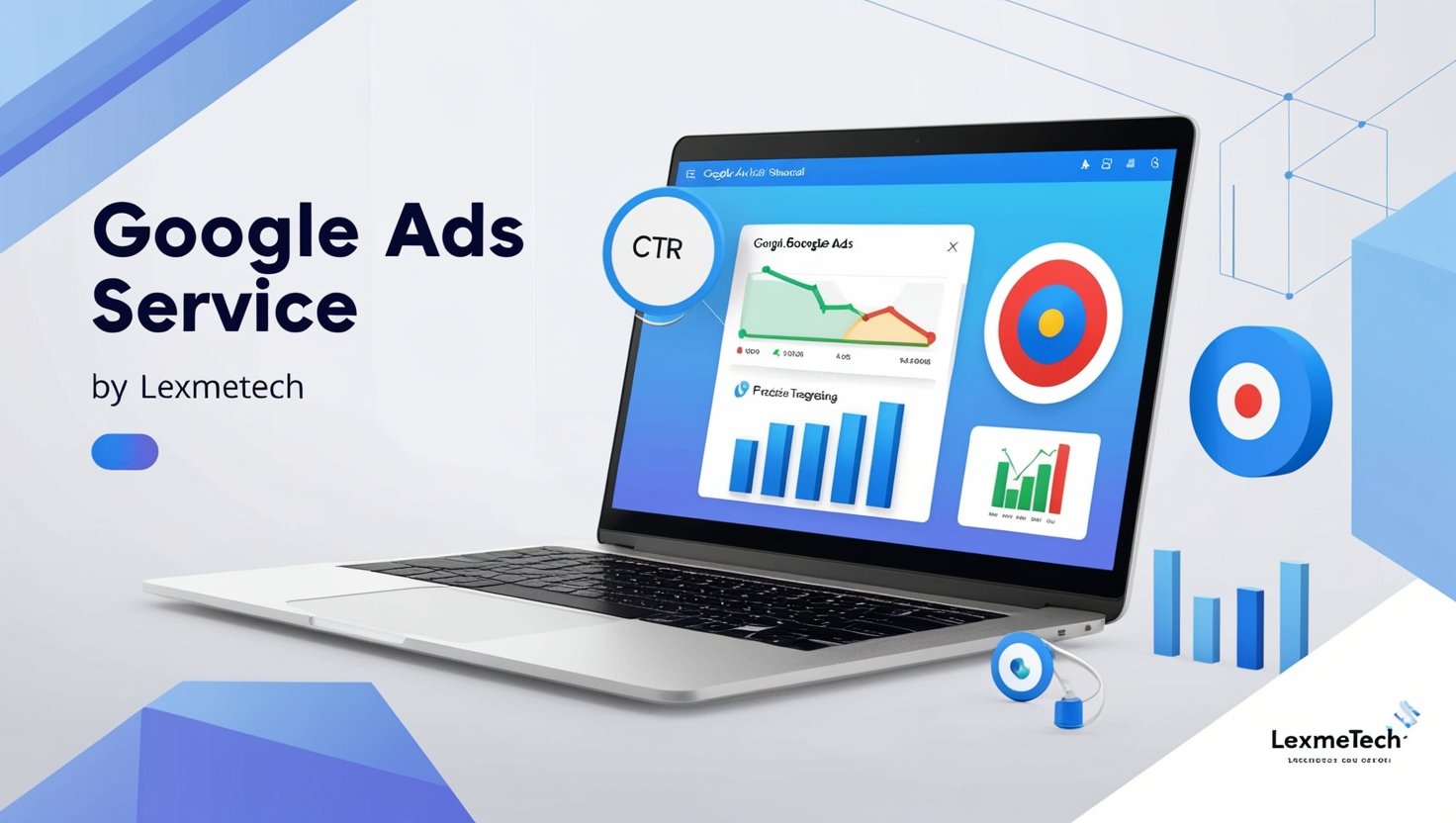Hybrid and Multi-Cloud Environments
More businesses are adopting hybrid and multi-cloud strategies, where they combine public cloud services with on-premises infrastructure or multiple public clouds from different providers. This model allows organizations to distribute workloads across multiple environments based on performance, cost, and security needs.
Impact on Digital Transformation
A hybrid or multi-cloud approach allows organizations to optimize their IT infrastructure by choosing the best cloud service for different workloads. For example, sensitive data might remain in a private cloud, while less critical applications run on public clouds.Avoiding Vendor Lock-In By using multiple cloud providers, businesses reduce dependency on a single vendor. This enhances agility, as organizations can easily switch between providers to take advantage of the best features or cost savings.Resilience Multi-cloud environments improve business continuity by spreading workloads across different providers. This approach ensures that if one cloud service experiences downtime, others can pick up the load, minimizing disruptions.
Edge Computing Integration
Edge computing is gaining traction, particularly for applications requiring low latency and high-speed processing, such as in IoT autonomous vehicles, and real-time data analytics. Rather than relying entirely on centralized cloud servers, edge computing processes data locally, closer to where it’s generated.
Impact on Digital Transformation
Reduced Latency With edge computing, data is processed at or near the source, reducing the time it takes to send data back and forth to centralized cloud servers. This is essential for applications like self-driving cars or industrial IoT systems that require real-time decision-making. By processing data at the edge, only relevant data is transmitted to the cloud, reducing the strain on network bandwidth. This is particularly beneficial in environments with limited or expensive bandwidth.Local data processing reduces the risks of data interception during transmission, providing an added layer of security for sensitive data.Edge computing is transforming industries like healthcare, manufacturing, and transportation by enabling faster, more efficient data processing, making it a key part of digital transformation.
AI and Machine Learning in the Cloud
Cloud-based artificial intelligence (AI) and machine learning (ML) platforms are becoming more accessible, enabling businesses to integrate sophisticated AI capabilities without the need for on-premises infrastructure. Cloud providers like AWS, Google Cloud, and Microsoft Azure offer a range of AI and ML tools that businesses can use to develop intelligent applications.
Impact on Digital Transformation
Data-Driven Insights Cloud-based AI and ML tools can process large datasets and generate actionable insights, helping businesses make better, data-driven decisions. For example, predictive analytics can forecast demand, optimize operations, and improve customer experiences.Cloud-powered AI enables businesses to automate repetitive tasks like customer support (via chatbots), fraud detection, and predictive maintenance. This frees up human resources for more strategic activities.By democratizing access to AI and ML, the cloud is enabling businesses of all sizes to adopt advanced data analytics and automation capabilities.
Serverless Computing
Serverless computing or Function as a Service (FaaS) is a cloud model where developers can build and deploy applications without managing the underlying infrastructure. The cloud provider dynamically allocates resources based on the application's needs, and businesses only pay for the resources they use.
Impact on Digital Transformation
Serverless computing eliminates the need to provision and maintain servers. Businesses pay only for the compute resources used by their application, leading to significant cost savings, especially for variable or unpredictable workloads. Faster Development Cycles Since developers don’t need to manage infrastructure, they can focus on writing code and deploying applications more quickly. This accelerates time-to-market for new features and products. Serverless applications can automatically scale based on demand, ensuring that businesses can handle traffic spikes without manual intervention or additional infrastructure planning.
Cloud-Native Technologies
Cloud-native technologies such as containers micro services and Kubernetes are designed to fully leverage the advantages of cloud computing. These technologies allow organizations to build, deploy, and scale applications in cloud environments with ease and efficiency.
mpact on Digital TransformationI
Cloud-native architectures promote agile development by breaking down applications into smaller, modular components (microservices) that can be independently developed and deployed. This reduces time-to-market and enables continuous delivery. Cloud-native applications are inherently fault-tolerant. For example, containers can be moved across different cloud environments without dependency on specific hardware, ensuring that applications remain available even in the event of infrastructure failure.By embracing cloud-native technologies, businesses can improve the efficiency, flexibility, and scalability of their IT operations, making them a cornerstone of modern digital transformation.
Cloud Security Innovations
As cyber threats evolve, cloud security is becoming more sophisticated. Cloud providers are leveraging advanced technologies, such as AI and machine learning to enhance their security offerings. The rise of zero-trust security models and end-to-end encryption is improving the overall security of cloud environments.
Impact on Digital Transformation
Proactive Threat Detection Cloud security platforms use AI and ML to detect potential threats in real time, reducing the time it takes to respond to vulnerabilities or attacks. Cloud security is shifting toward a zero-trust approach, where trust is never assumed. Every request for access is verified and authenticated, ensuring that only authorized users can access sensitive data or systems. With security concerns growing, businesses must adopt advanced cloud security measures to protect their digital assets and ensure compliance with industry regulations.
Sustainability and Green Cloud Computing
As climate change becomes a growing concern, sustainability is increasingly influencing cloud adoption. Leading cloud providers are investing in green cloud computing focusing on energy-efficient data centers, renewable energy, and environmentally friendly technologies.
Conclusion
The cloud continues to evolve, offering new technologies and approaches that are accelerating digital transformation. From hybrid and multi-cloud strategies to AI, edge computing, and sustainability, these emerging cloud trends are helping organizations become more agile, efficient, and resilient. By adopting these trends, businesses can stay ahead of the competition, innovate faster, and better serve their customers in an increasingly digital world.











